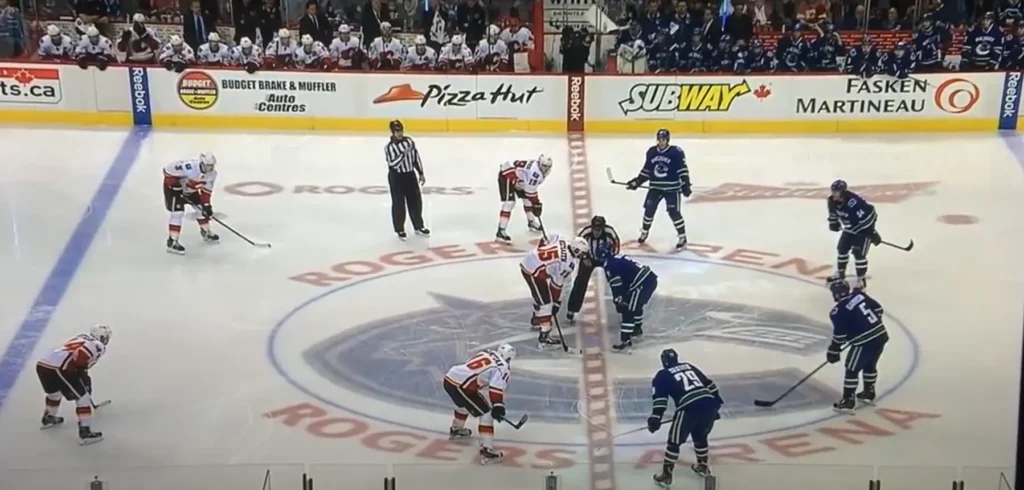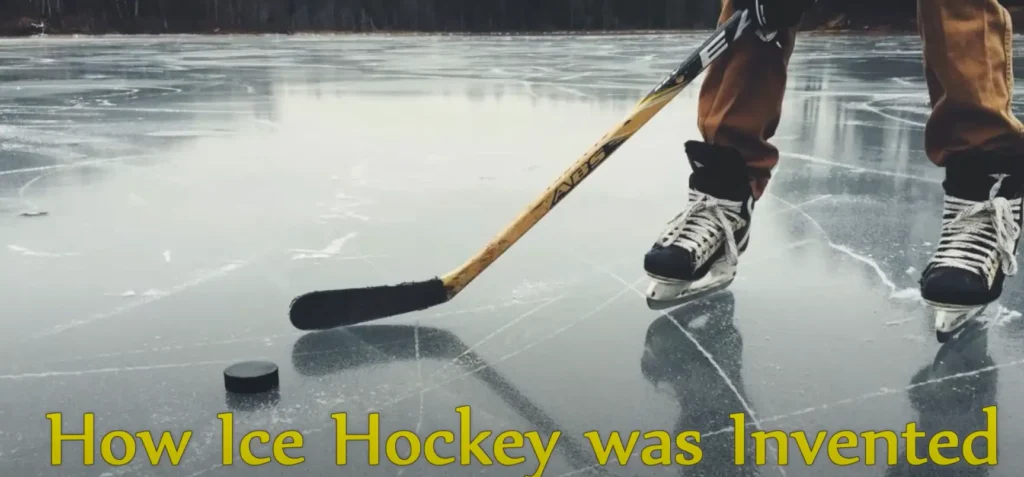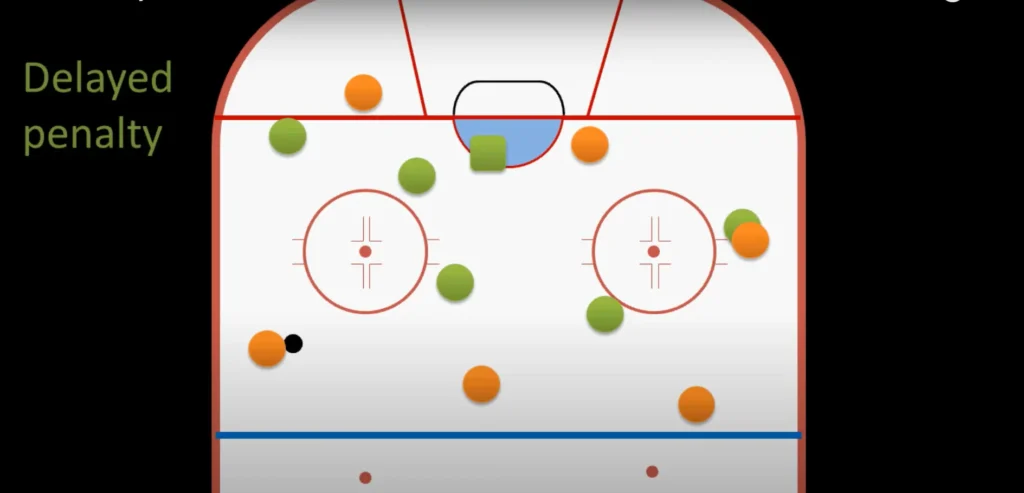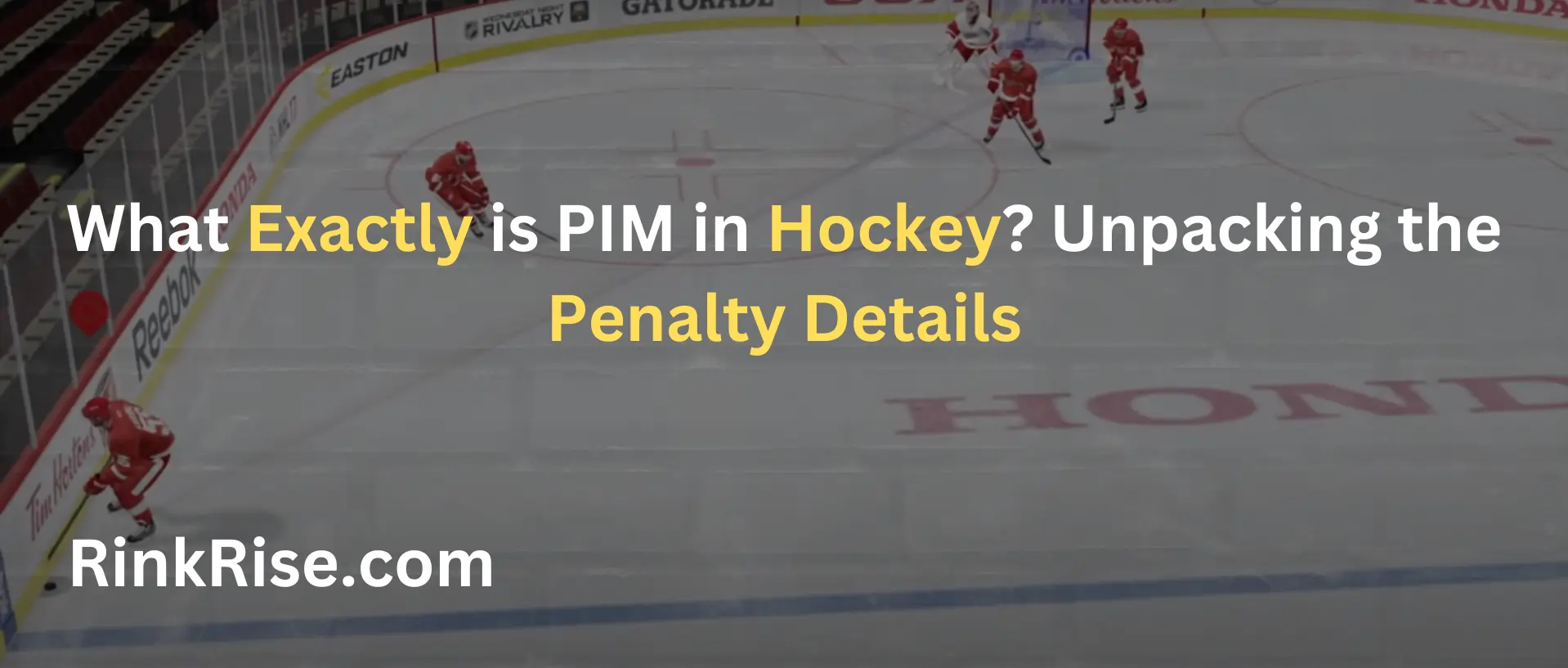Understanding PIM in Hockey
Hockey is known for its speed and aggressiveness, with various metrics used to assess both individual and team performance. One crucial metric in this context is PIM or Penalty Infraction Minutes, which plays a significant role in the sport.
Exploring the Significance of PIM
PIM represents the total duration a player spends in the penalty box due to infractions committed during the game. It accumulates throughout the season and is a critical factor in game strategy and player conduct.
Delving Deeper into Penalty Minutes
Penalty Minutes, commonly abbreviated as PIM, are pivotal in understanding player behavior and the overall discipline of a team. This statistic not only impacts game outcomes but also influences team dynamics and strategies.
Overview of Hockey Penalties
Hockey penalties are essential for maintaining fair play and safety in the game. They vary in severity and consequences, impacting both the penalized player and their team.

Types of Hockey Penalties
- Minor Penalties (2 minutes)
Minor penalties are the most frequent and are issued for infractions like hooking, slashing, and goaltender interference. If a goal is scored by the opposing team during this penalty, the penalized player is allowed to return to the ice. - Double Minor Penalties (4 minutes)
Players may receive a double minor for more serious infractions of the same type covered under minor penalties. - Major Penalties (5 minutes)
Major penalties are given for severe actions such as high sticking that results in injury, or aggressive physical confrontations like fighting. The penalized player must serve the full five minutes regardless of any goals scored during this time. - Match Penalties (5 minutes)
A match penalty is assigned for deliberate attempts to injure another player. This penalty not only includes a five-minute major but also results in the player being ejected from the game. Another team member serves the actual penalty time. - Misconduct Penalties (10 minutes)
The longest of penalties, misconduct is for actions like unsportsmanlike behavior. While the player sits out for ten minutes, the team can substitute another player, so they are not left shorthanded. - Penalty Shot
Instead of a time penalty, a penalty shot allows a player an unblocked chance at the goal, typically awarded when a player is fouled during a clear scoring opportunity.
Overview of Penalty Infraction Minutes (PIM) in Hockey
The regulation of penalties in the NHL has seen significant changes since its inception in 1917-18. Here’s a concise overview of how these rules have evolved over the years.
Initial Penalty Rules
In the league’s early days, penalties were categorized as either minor (3 minutes) or major (5 minutes). Initially, penalized players were substituted, allowing teams to maintain full strength during the penalty period.

Changes in the 1918-19 Season
The following season marked a pivotal change; teams could no longer substitute a penalized player, introducing the concept of powerplays. This rule ensured that teams with penalized players played with fewer members, increasing the opposing team’s chances of scoring.
Subsequent Adjustments
By 1921-22, the duration for minor penalties was decreased to 2 minutes. The 1923-24 season introduced match penalties, requiring teams to play shorthanded for the entire period. Additionally, 1934-35 saw the introduction of penalty shots.
Significant Change in 1956-57
A major amendment came in the 1956-57 season, allowing players serving minor penalties to return to the ice if the opposing team scored a powerplay goal.
This change was inspired by a remarkable incident where Jean Beliveau of the Montreal Canadiens scored three goals within 44 seconds during a single powerplay, showcasing the dynamic impact of these rules on the game’s strategy and flow.
Current Trends in Penalty Minutes
In contemporary NHL games, it’s less common for players to incur penalties compared to past decades. This shift is largely due to a reduction in fighting and alterations in what is deemed acceptable on the ice. For instance, during the 1980s, fights were frequent, but today, they are rare, significantly lowering the average PIM.
Typical PIM Ranges
During a game, most players do not receive any PIM. However, about six players from each team might receive between 2 to 4 minutes for minor infractions. Penalties exceeding 4 minutes are typically associated with fights and are considered above average.

PIM Statistics from Recent Seasons
To illustrate, here are some statistics from the 2018-2019 season compared to historical highs:
2018-2019 Season PIM Leaders
- Evander Kane, San Jose: 153
- Tom Wilson, Washington: 128
- Antoine Roussel, Vancouver: 118
Historical Season PIM Leaders
- Dave Schultz (1974-75): 472
- Paul Baxter (1981-82): 409
- Mike Peluso (1991-92): 405
Role of Penalty Minutes in Hockey Dynamics
Penalty Infraction Minutes (PIM) significantly influence the flow and strategy of a hockey game. They affect team tactics, shifts in momentum, and ensure player responsibility. This metric underscores the importance of discipline and strategic planning in hockey.
Strategic Management of Penalty Minutes
Teams strategically manage their penalty infraction minutes (PIM) to prevent giving opponents a competitive edge. Coaches stress the importance of maintaining a robust physical game while also upholding discipline on the ice.
This balance is crucial for minimizing penalties without compromising the team’s aggressive play style.
Importance of Managing Penalty Minutes in Player Growth
For hockey players, effectively managing Penalty Infraction Minutes (PIM) showcases their capability to balance aggression with adherence to the rules. This skill is crucial in their evolution into proficient and disciplined athletes.
Debates Over Penalty Infraction Minutes in Hockey
PIM—short for Penalty Infraction Minutes—is a significant yet controversial aspect of hockey. While some argue that PIM encourages overly aggressive behavior among players, others believe it is essential for maintaining the game’s inherent intensity.
This division highlights the ongoing discussions within the hockey community regarding the role and impact of penalties in shaping the dynamics of the sport.
Exploring the Impact of PIM on Hockey
Analyzing Penalty Infraction Minutes (PIM) offers crucial insights into player performance and team dynamics beyond just scoring. This analysis helps identify trends in penalties and contributions of players, enriching our understanding of the game’s strategic elements.
Notable Hockey Players with High Penalty Minutes
Throughout the history of hockey, certain players have become known for accumulating high numbers of Penalty Infraction Minutes (PIM). Their intense playing styles and the passionate discussions these evoke contribute significantly to their reputations within the sport.
Impact of Penalty Minutes in Fantasy Hockey
In fantasy hockey, Penalty Infraction Minutes (PIM) play a crucial role in shaping a team’s strategy. For team managers, players who accumulate significant PIM can drastically influence the balance of the team, pairing well with highly skilled players to enhance overall team performance.
Final Thoughts on Penalty Infraction Minutes in Hockey
In hockey, Penalty Infraction Minutes (PIM) represent much more than mere numbers. They encapsulate the essence of the sport’s physicality, strategy, and discipline. Gaining an understanding of PIM can significantly enrich the experience for both fans and analysts, providing deeper insights into the intricate dynamics of the game.
Read more: What is a penalty kill in hockey? (2024 Guide)
FAQ’s: What Exactly is PIM in Hockey?
Why is PIM significant in hockey?
PIM, which stands for Penalty Minutes, tracks how long a player is sidelined in the penalty box for breaches of the rules in a hockey game. These infractions range from less severe offenses like tripping to more serious ones including fighting.
What is a 10-minute penalty in hockey?
A 10-minute penalty in hockey, often referred to as a misconduct penalty, allows the penalized player to be substituted for ten minutes. This means the player’s team can bring in a replacement while the player serves their penalty. Furthermore, players can receive additional penalties alongside the misconduct penalty.
What does PPP mean in hockey?
PPP stands for Power Play Points in hockey. It is calculated by adding the goals and assists a player scores while their team has a numerical advantage during a game. This stat helps in understanding a player’s effectiveness during power plays.
What is the origin of the term “hat trick”?
A “hat trick” occurs when a player scores three goals in a single game. However, the term originated from cricket, not football. It was first used to describe a bowler who took three wickets with three consecutive balls. To commemorate this achievement, the bowler was awarded a hat by the club.
What is the purpose of PIM?
Privileged Identity Management (PIM) enables the regulation, oversight, and tracking of access rights granted to individuals within a company to protect sensitive information and systems.



